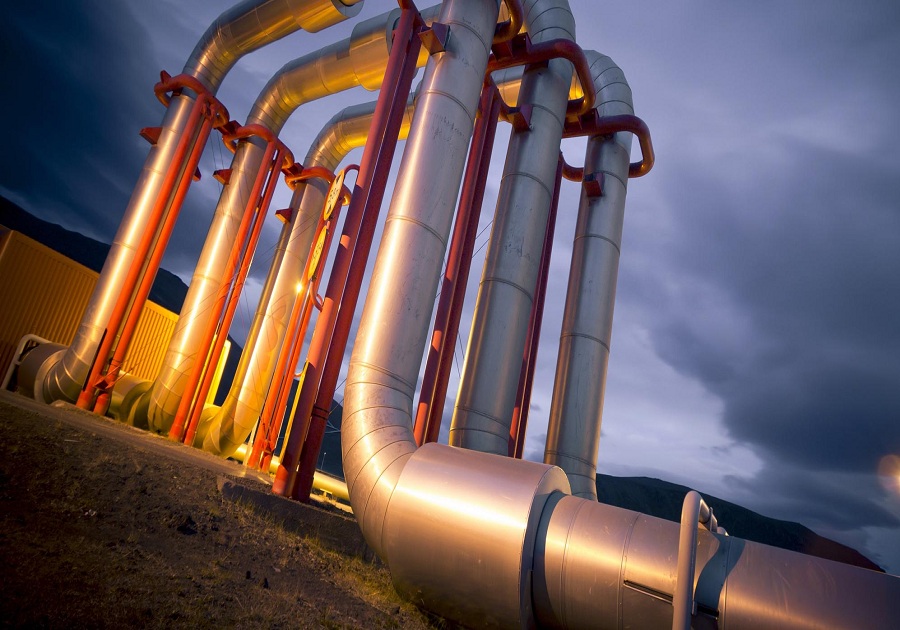


The oil and gas industry is one of the largest sectors in the world, Oil is crucial to the global economic framework, especially for its largest producers. Investors looking to enter the oil and gas industry can quickly be overwhelmed by the complex jargon and unique metrics used throughout the sector. Briceol Integrated is designed to help anyone understand the fundamentals of companies involved in the oil and gas sector by explaining key concepts and the standards of measurement. The oil and gas industry is broken down into three segments: upstream, midstream, and downstream.

Exploration and Production E&P companies do not usually own their own drilling equipment or employ a drilling rig staff. Instead, they hire contract drilling companies to drill wells for them and the contract drilling companies generally charge for their services based on the amount of time they work for an E&P company. Drillers do not generate revenue that is tied directly to oil and gas production, as is the case for E&P companies. Once a well is drilled, various activities are involved in generating and maintaining its production over time. These activities are called well servicing and can include logging, cementing, casing, perforating, fracturing, and maintenance.

E&P companies often describe their production in units of barrels of oil equivalent (BOE). To calculate BOE, companies usually convert gas production into oil equivalent production. In this calculation, one BOE has the energy equivalent of 6,040 cubic feet of gas or roughly one bbl to six Mcf.4 Oil quantity can be converted into gas quantity in a similar fashion and gas producers often refer to production in terms of gas equivalency using the term Mcfe.